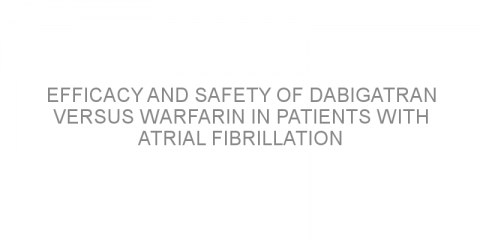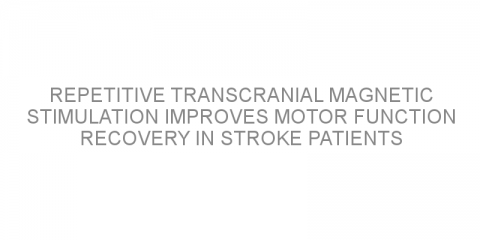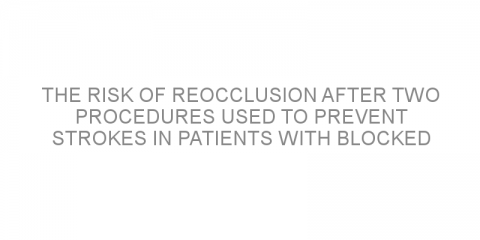In a nutshell This meta-analysis (an analysis of data combined from several similar studies) examined how onset-to-reperfusion time (ORT) affects mortality. Some background The cause of ischemic strokes is a blockage of an artery supplying blood to the brain. The major goal of ischemic stroke treatment is reperfusion (opening the occlusion and...
Read MoreStroke Posts on Medivizor
New rehabilitation techniques for stroke patients
In a nutshell This article reviews recent research on new stroke rehabilitation techniques. Several new approaches are briefly presented. Some background Rehabilitation after stroke is generally aimed at recovering as much muscle function as possible (motor function). There are two main areas of intervention: improving muscle function (ability to...
Read MoreStenting versus aggressive medical therapy in the treatment of intracranial arterial stenosis
In a nutshell This trial examined whether stenting of intracranial arterial stenosis reduces the risk of additional strokes compared to medical therapy alone. Some background Intracranial arterial stenosis (narrowing of the arteries supplying blood to the brain) is an important cause of stroke. The main cause of arterial stenosis is the...
Read MoreEfficacy and safety of Dabigatran versus Warfarin in patients with atrial fibrillation
In a nutshell This study compared the safety and efficacy of dabigatran (Pradaxa) versus warfarin (Coumadin) in the prevention of stroke. Patients with atrial fibrillation of both Asian and non-Asian ethnicity were included in this analysis. Some background Atrial fibrillation is considered a major risk factor for stroke. Atrial fibrillation is a...
Read MoreRepetitive transcranial magnetic stimulation improves motor function recovery in stroke patients
In a nutshell This meta-analysis (an analysis of data combined from several similar studies) investigated the effect of repetitive transcranial magnetic stimulation (rTMS) on upper limb (arm and hand) motor function in patients recovering from a stroke. Some background Many stroke patients suffer long term disabilities, such as impaired motor...
Read MoreThe risk of reocclusion after two procedures used to prevent strokes in patients with blocked carotid arteries
In a nutshell This trial compared the rate of restenosis (obstruction of the artery for a second time after it has been opened) after either of two procedures used to treat carotid artery stenosis: carotid endarterectomy and carotid artery stenting. Some background Carotid artery stenosis is a condition in which the main arteries supplying blood...
Read MoreCilostazol versus aspirin for prevention of additional vascular events after stroke
In a nutshell This review article examined the safety and efficacy of a drug called cilostazol (pletal), compared to the commnly used aspirin, in patients who had an ischemic stroke or a transient ischemic attack (TIA). Efficacy was judged by the prevention of another stroke or other serious vascular events (e.g. heart attack). Some...
Read MoreHide and Go Seek…Continues: Prevalence
Deep Breathing Time Again… We’re about to seek the answer to another of the numbers that health and medical professionals use daily from statistics. Are you ready? Here it goes… What does Prevalence Rate in Statistics Mean? The prevalence rate is the total number of cases of a disease in a specific population divided by the total number of people...
Read MoreCount to 10… then Hide: Incidence! Understanding Statistics
Ready to play Hide and Seek? Or are you just ready to hide? Most people feel like hiding when faced with the numbers that health and medical professionals use daily, statistics. So we’re going to start slowly and cover different mathematical concepts you might have heard. This will be a series of posts so if there are any math concepts that you...
Read More










